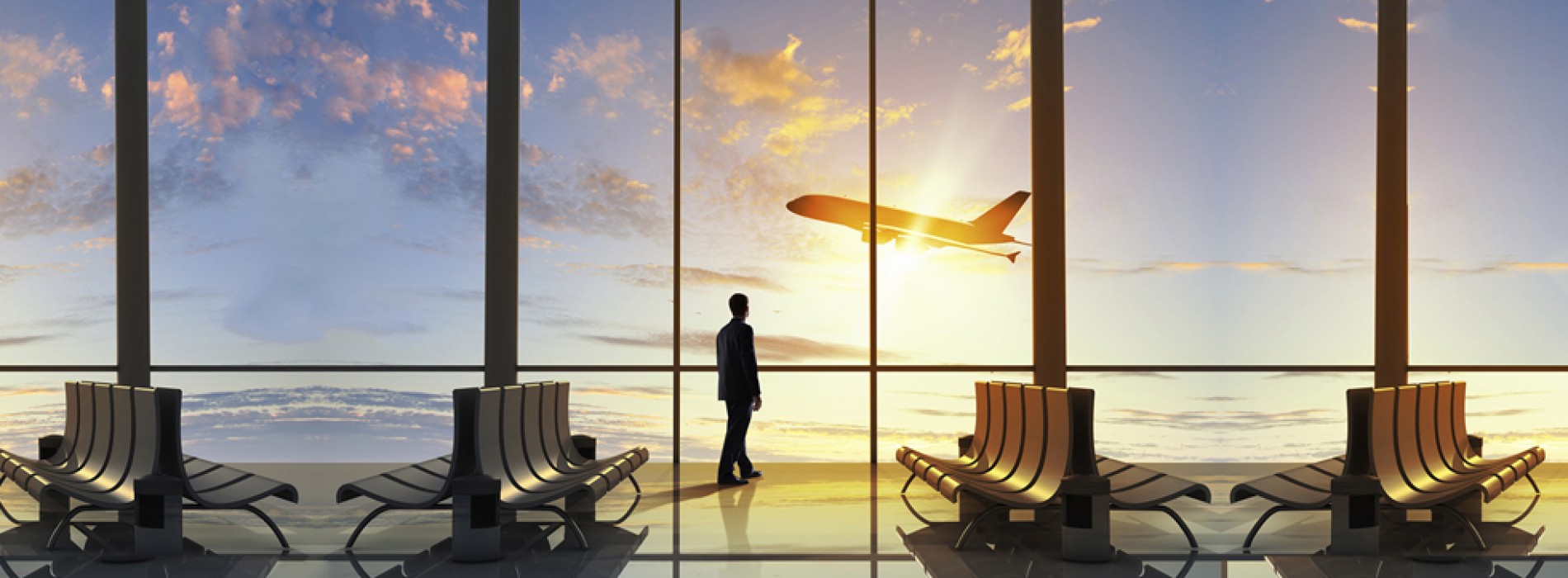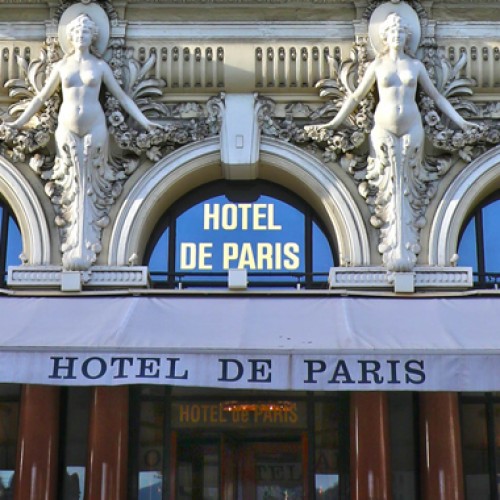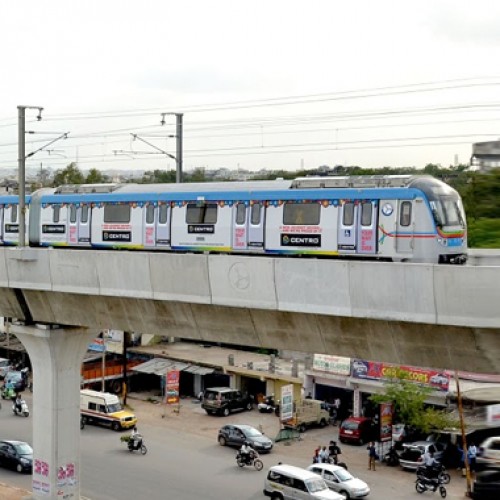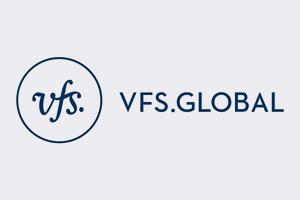Business travel likely to triple to $93 billion by 2030 says Report
Business travel spending in Asia Pacific totalled $458 billion in 2015, and is expected to grow at 7.8 per cent annually over the next five years, 6.5 per cent of this total spend came from India, while China, Japan and South Korea accounted for nearly 90 per cent of the remaining spends, it said. The report further said, Indian travellers are most likely to be transacting on their smart phones as this region has consistently led the charge with smart phone usage growing at 12 per cent from 2014 to 2015.
The report also opined that with nearly 25 per cent of mobile phone users in India owning a smart phone or tablet, the use of these devices to manage travel needs ‘on the move’, including destination research and booking management is expected to increase. The mix of sectors that are contributing to this growth is truly diverse with IT, pharmaceuticals, which top the list as two of the fastest-growing sectors followed by natural resources, auto and construction sectors, it added. Flight Centre Travel Group – India – Managing Director Rakshit Desai said, “For corporates, managing business travel is becoming increasingly complex, with changing traveller preferences, integration with mobile technology and strategies adopted by travel suppliers.”
According to the paper, he said, in 2015 India ranks as the 10th largest business travel market in the world spending a total of $29.6 billion. “Moreover, it is projected to be the most robust business travel market in APAC over the next five years and is estimated to grow at 12 per cent annually over that period. With its improving economy and rising consumption, it is no surprise then that India will emerge as the next fastest growing market between 2017 and 2020,” he pointed out. The APAC region continues to be the largest business travel region in the world, comprising 37 per cent of global business travel.
Currently, Asia Pacific owns the largest share of the business travel spend market with 37 per cent followed by North America, with 25 per cent and Western Europe with 18 per cent.








